Picture special - Banbury's Horton General Hospital opened with 12 beds 150 years ago - the fight to retain services continues
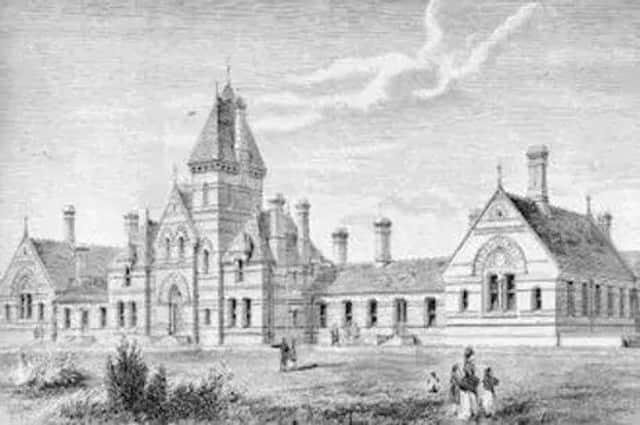

When it opened on July 17, 1872 as the Horton Infirmary – named after its benefactor, Mary Horton – it had two wards, one for men, one for women, with a total of 12 beds.
At its height in the early 1990s the hospital had nearly 250 beds but with changes in management and hospital practice, this has reduced substantially.
Advertisement
Advertisement
With a population that supports its hospital like no other public service, dedicated campaigners and elected councillors maintain a fight to retain acute services in Banbury. While Keep the Horton General holds a celebration outside the main gates the town council will light up the town hall to mark the event.
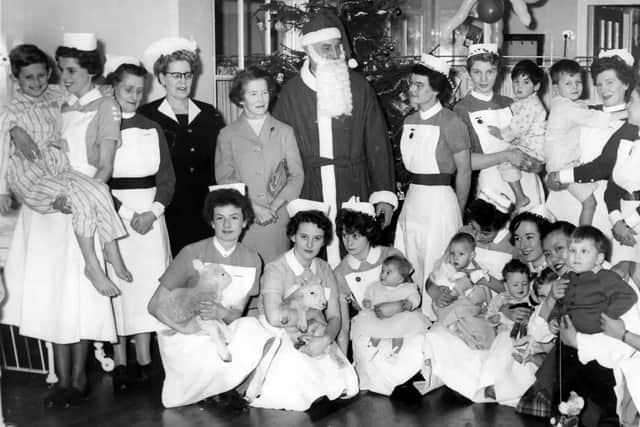

The Horton was built using £10,000, gifted to Banbury by heiress Mary Ann Horton of Middleton Cheney. Her father, William Horton of Chacombe, had earned a fortune by inventing a machine that produced elasticated thread for making socks and stockings.
There is evidence to suggest Miss Horton was influenced in her decision to found a hospital by her doctor, CLH Pemberton, who was to become the hospital’s first Honorary Physician and a member of the Committee of Management.
Miss Horton purchased an eight acre site for £3,000 and added £7,000 to build the hospital. The architect of the first building was Charles Henry Driver and the builders were Franklin and Sons of Deddington.
Advertisement
Advertisement
Work had started when Miss Horton died on July 19, 1869, aged 80. Her heir was her nephew John Henry Kolle, a horse hair manufacturer of London who assumed the name of Horton. A codicil to Miss Horton’s will, dated March 11, 1869, ensured that he continued with the building of the hospital.
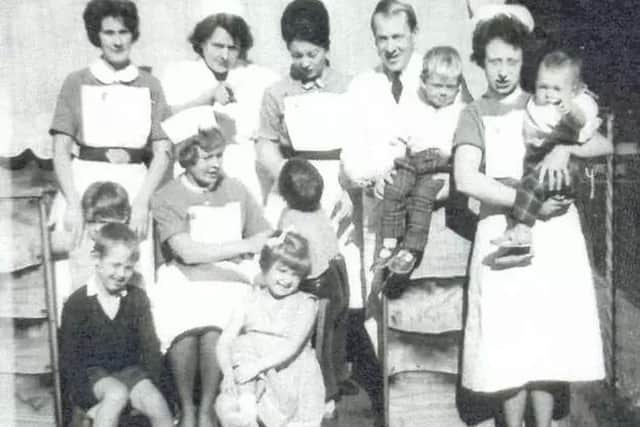

However, he only survived his aunt by three months and after his death on 11 October 1869 responsibility was taken on by his son John Henry Horton of Park House, Upper Tooting, Surrey.
A children's ward was added in 1897 thanks to the Holbech family of Farnborough Hall. As other services grew over the years it became obvious that the hospital needed more space. In the second half of the 1930s plans were drawn up and an appeal was launched to build extensive new buildings.
The hospital was approved as a Training School for nurses in 1926 and in the same year, the first resident house surgeon was appointed. Before this local doctors carried out all the treatments and operated a rota for emergencies. As with the cottage hospitals the Matron was responsible for nursing, medical and domestic supervision and much of the administration.
Advertisement
Advertisement
In the second half of the 1930s, plans were drawn up and an appeal started for extensive new buildings. The Second World War and subsequent preparations for the NHS meant that the plans were never fulfilled, but new building did take place during the war in the shape of four Emergency Medical Service wards, an operating theatre and X-ray department.
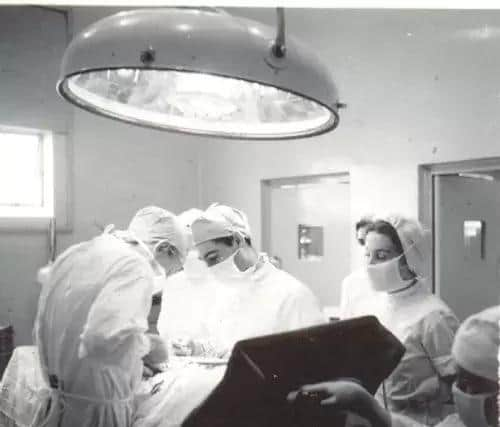

The Elms, a large house not far from the hospital, was obtained in 1944 and became the Horton’s first maternity unit. (The house was turned into the hospital’s psychiatric section in 1961 when a new maternity department was opened in Hightown Road.)
The first consultant started work in 1945. With the advent of the NHS in 1948 the Horton became the main hospital of a group of hospitals in North Oxfordshire, Gloucestershire and Northamptonshire, administered by the Banbury and District Hospital Management Committee. Building continued in the 1950s and 1960s.
Following a public inquest in 1974 into the tragic death of a child patient, Ian Luckett, the Horton got its first paediatric consultants.
Advertisement
Advertisement
In 1974 it passed to the North Oxfordshire Sector of the Oxfordshire Area Health Authority (Teaching) and in 1982 became the main hospital of the Horton Unit of the Oxfordshire Health Authority.
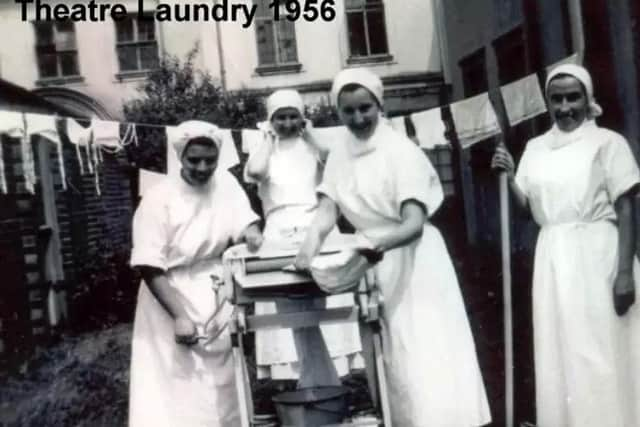

The hospital became a National Health Service Trust in April 1993 and was incorporated into the Oxford Radcliffe Hospitals NHS Trust on April 1, 1998.
The Trust merged with the Nuffield Orthopaedic Centre NHS Trust on November 1, 2011 to create the Oxford University Hospitals NHS Trust.
In the early 90s, there was a threat to the future of the maternity unit and amid huge opposition, the famous March of the 5000 took place. Public pressure by the Banbury Health Emergency (BHE) campaign group, supported by the population, caused a rethink and the obstetric unit and special care baby unit were reprieved.In 2005, there were plans to fully downgrade the Horton and centralise services to Oxford but the BHE, now renamed Keep the Horton General (KTHG), led by town and district councillor, the late George Parish, launched a huge campaign to keep the hospital open.
Advertisement
Advertisement
The intended downgrade was referred by the Oxfordshire County Council Health Overview and Scrutiny Committee to the Secretary of State for Health, who passed the matter over to the Independent Reconfiguration Panel (IRP) for investigation and a recommendation.
After a massive community campaign, spearheaded by KTHG and publicised throughout the IRP review by the Banbury Guardian (which made a major representation of the Banbury public’s views to the IRP Board) the removal of acute services, including obstetrics, the children’s ward and emergency surgery was turned down.Secretary of State for Health, Alan Johnson rejected the proposals saying Oxford was too far away to transport seriously ill people or mothers in labour.
The campaign group’s step by step campaign has been recorded on its website http://keepthehortongeneral.org/victoryhome.htm along with a more recent history of KTHG’s High Court bid, with Cherwell District Council, to fight the loss of 46 beds, downgrading of intensive care and the loss of the obstetric maternity ward and special care baby unit.
We are grateful to former Horton nurse Dawn Griffis (formerly of Aynho) for these wonderful pictures of the Horton in days gone by.